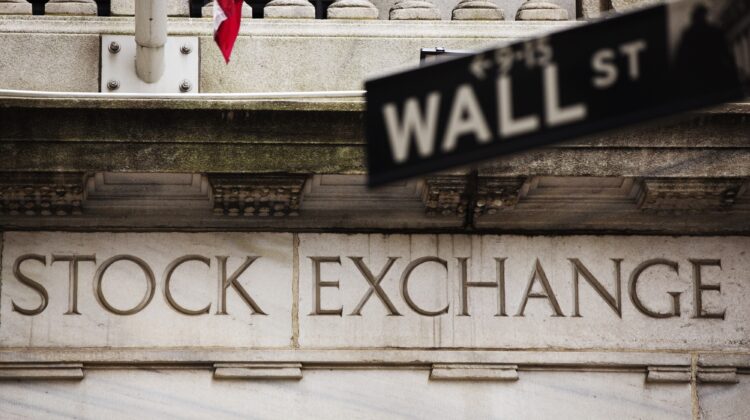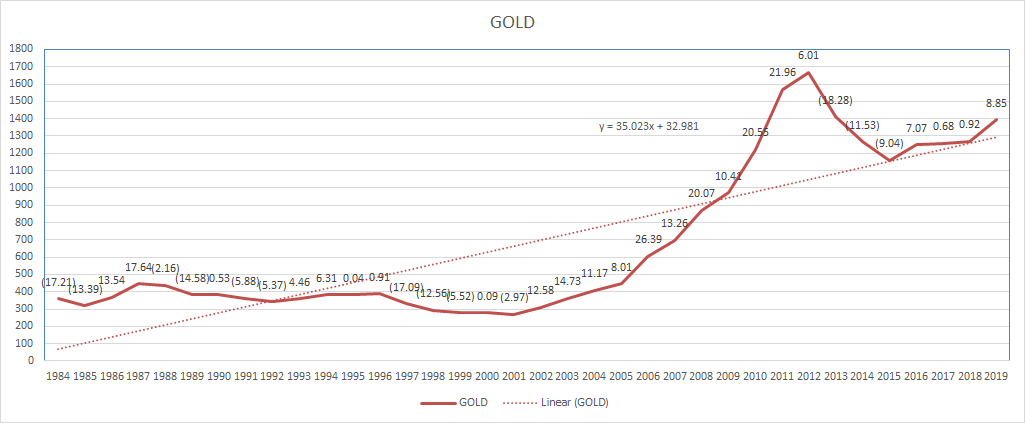

Long-term investment strategy
Case study written by; Arben Selimi
advisor; arben@journalbiz.com
Many people have savings with which they do not know what to do. By hiding them under the mattress or on the attic, they gain nothing but exposure to the risk of theft, or at least, to the risk of inflation.
Inflation is the thief that no one sees but it shoves its hand in our pockets and steals just a small fraction of our money; leaves the rest to steal later. So, every year it steals it little by little until one day, even though all the money is there, in our pockets, we can not buy anything with it. When, the 100 euros you have in your pocket today, you go to the supermarket, it won’t buy you same goods you were able to buy same month last year.
If you have educated yourself, to set aside a a small portion of your monthly salary for savings, you are well on your way to raising enough money that you can then invest so that you will be able firstly, to guard your savings from inflation and, secondly, to make a profit on that investment.
Financial and money markets offer you two main ways of investing your money; one is the lending money for which you receive a fixed interest, and the other is engaging your money into a business which allows you to become one of its co-owners and to participate in sharing of the profit generated by the business. The first – which I personally do not prefer at all – includes financial instruments such as time deposits in banks , government, municipal or corporate bonds, etc.
The second type of investment is buying stocks of corporations (mainly international companies) which means that you as an investor own a portion – though small – of the assets and are entitled to get a portion of the profit of that corporation.
However before investing you need to have an investment strategy. This means that you need to do some analysis of the company to which you plan to handover your savings. When we mention analysis, what we have in mind is the history of the company, how has it been performing throughout its existence, (if data can be found) and especially in the last 2-3 years, has it generated profit, has it invested the profit in business or distributed it to the shareholders, how has its share price changed, what was its profit compared to its total assets, or compared to other similar companies? A company analysis involves many types of ratios that need to be established before making an investment decision, otherwise if your investment is not preceded by this analysis it is the same as gambling without knowing how to play the game. And in gambling it sometimes happens that you win, never knowing how.
According to Warren Buffet, in his book “Stock Portfolio” the investment strategy should be modeled in accordance with the goals of the investor, because the investor knows better where he is today, and where he intends to reach tomorrow. Given facts (available resources) and objectives (what do you want to achieve?), the two should be harmonized and thus come up with a strategy that especially suits the investor.
I’m summarizing one of the strategies that Tony Robins has described in this book, but neither he (nor I) do not advise it on anyone in particular, rather it is an observation from experience in general and it is worth mentioning. The strategy is as follows:
In times of economic stability, when financial markets are functioning normally, and there are no large fluctuations in stock prices, the investor should buy bonds (government, municipal, or corporate), which, although paying low interest rates – a 10-year bond pays an average annual interest rate of about 1.8%, lower than the inflation rate – and holds on to it until when markets get bearish. In bear markets, when investors rush to sell their stock because their price drops drastically, the demand for bonds is likely to increase, because, despite the destabilization of the markets, the state is the guarantor for them. Therefore the strategy that brings high profit is like this: sell the bonds at the price you bought them or, most likely, at an even higher price – also providing capital gains due to the increased demand for them – and with the money the investor receives from this sale, he goes to the “black Friday” of the financial markets and buys shares the prices of which have fallen “to the ground” with the intent to keep them for about (a maximum of) two years. After two years when the markets become bullish – the demand for shares rises, their price increases two-three, or fourfold – it sells the purchased shares, securing itself a dizzying capital gain by tripling or quadrupling its wealth. With a quarter of the wealth you earn from selling shares bought in bear markets, you go back to the bull markets and repurchase your bonds, at a price, probably, lower than you initially sold.
This was a summary of the investment strategy from Tony Robins’ book “Unshakable” which is just as applicable when it comes to investing in precious metals such as gold, silver, platinum, etc.


If you do not prefer bonds for financial instruments, then you can apply this strategy using gold, platinum or silver, whose prices have always risen in bearish markets, without exception, in almost any period that bear markets have occurred (see graphs 1 and 2)
In 2008 when the financial crisis (sub-prime loans) occurred stock prices in the markets fell by a large margin, while the price of gold rose to $ 700, an increase by 20%, and continued in the following years until 2011 to increase more than twice, the highest price recorded was $ 1,892 in August 2011, and then began to decline as financial markets stabilized. However due to inflation, over time, not only gold but any other commodity, almost never returns to the previous price. However, the fall in prices after overcoming the crisis is evident, while, in the current economic crisis caused by the Covid 19 pandemic, there is still an increase in the price of gold. In July 2020 the price of gold exceeded $ 2000 reaching a maximum on August 7, 2020 at $ 2,082.1
On the other hand, the average monthly share price of Coca-Cola company in March 2020 fell below $ 50, while for almost a year, from June 2019 to February 2020 when the total lockdown took place, it had kept the average price above $ 50. The price decline continued until it reached the lowest level of $ 38.89 on March 23, 2020 and until September it did not return to the level of $ 50.
A similar situation was observed with NIKE shares which from the average monthly price of about $ 100 it had held until February 2020, the average price of its shares fell to about $ 70 with the lowest price recorded on March 23, 2020 of $ 62.8 .
This inverse correlation between the price of gold and the stock price of commodities is a phenomenon. Knowing this we can conclude that gold, like bonds, can be bought in times of economic stability while in times of crisis, when financial markets become bearish, they can be sold at higher prices to buy underpriced stocks, to wait for some time – one or two years – until their price normalizes again, to obtain capital gain at rates of at least 2 digits.








